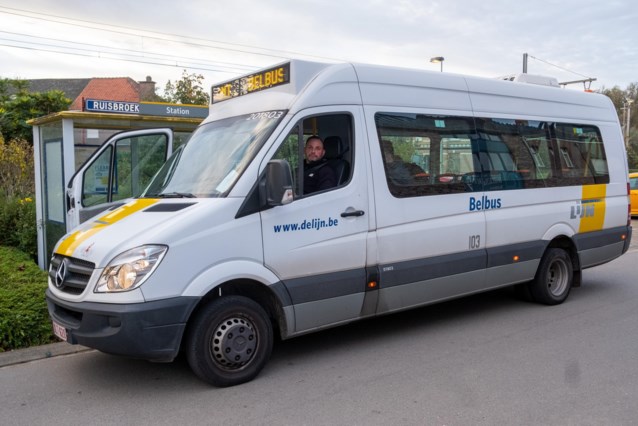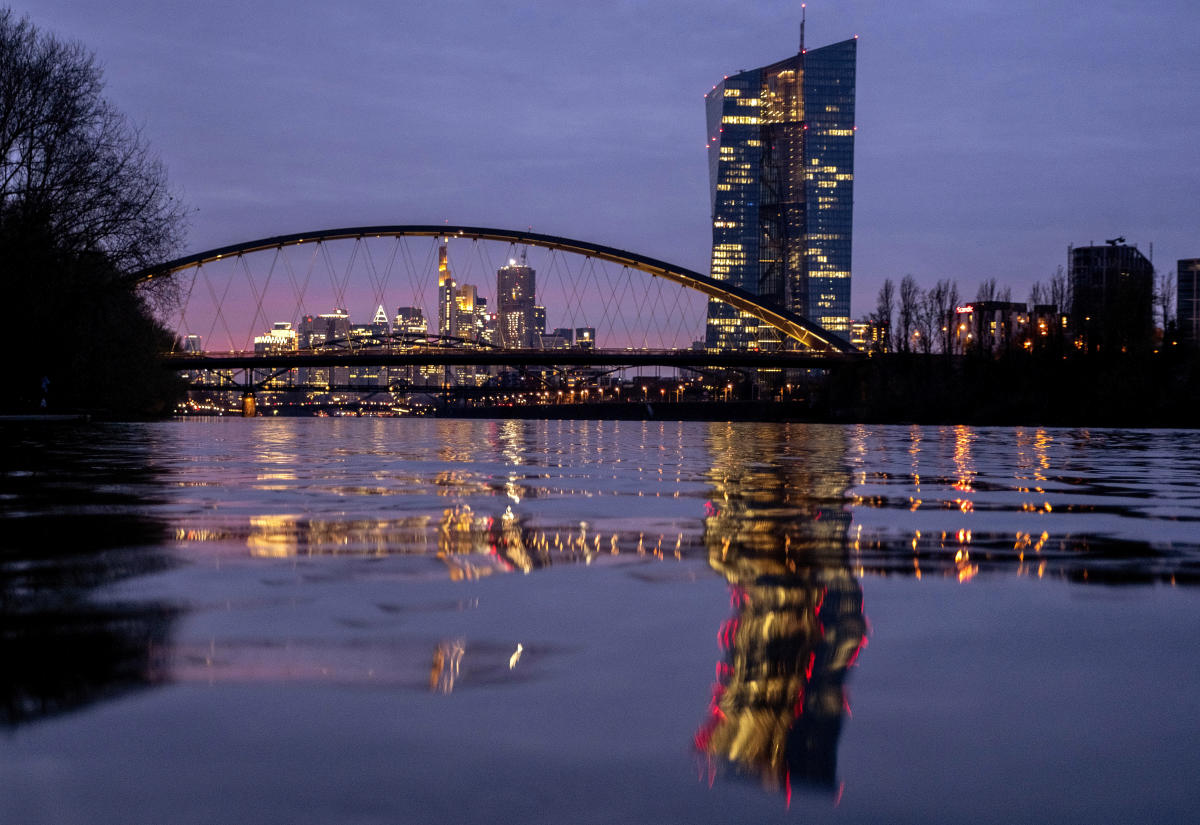It has been six months since De Lijn launched its new transport plan, and the criticism surrounding it centers on the gaps in the public transport network, particularly in rural areas. To address this issue, buses on demand have been introduced, but they have proven to be inefficient.
According to a report by De Tijd on Friday, figures obtained from De Lijn show that since January 6 when the plan was implemented on a larger scale, the flex buses have traveled over 7.5 million kilometers. However, more than 4.2 million of those kilometers were covered without any passengers on board, constituting approximately 56% of the total kilometers and hours driven. This indicates a significant inefficiency in the system.
De Lijn spokesperson Marco Demerling clarified that in a system with on-demand buses, it is expected that some kilometers will be covered without passengers as the buses may not immediately close to a pick-up point. The flexibility of the system is designed to cater to individual and less predictable journeys in rural areas where fixed timetables may not be viable. The aim is to provide public transport in areas with limited demand for fixed routes and schedules.
Despite ongoing criticism, De Lijn stands by the concept of on-demand buses as a way to improve public transport accessibility in areas with limited demand for conventional routes. While a significant portion of kilometers is traveled without passengers, this is essential for the system to meet the demand effectively.
Overall, De Lijn’s intention behind introducing flex buses was to accommodate personalized journeys in rural regions where traditional fixed timetables may not be practical. While there are concerns about efficiency and some kilometers are traveled without passengers, this is necessary for meeting demand effectively.
In conclusion, De Lijn’s new transport plan aims to improve public transport accessibility by providing flexible options for journeys where fixed timetables may not be viable due to limited demand or unpredictability. Despite ongoing criticism about efficiency issues such as covering unnecessary kilometers without passengers, De Lijn stands by its concept of on-demand buses as an effective solution for addressing gaps in rural transportation networks.



